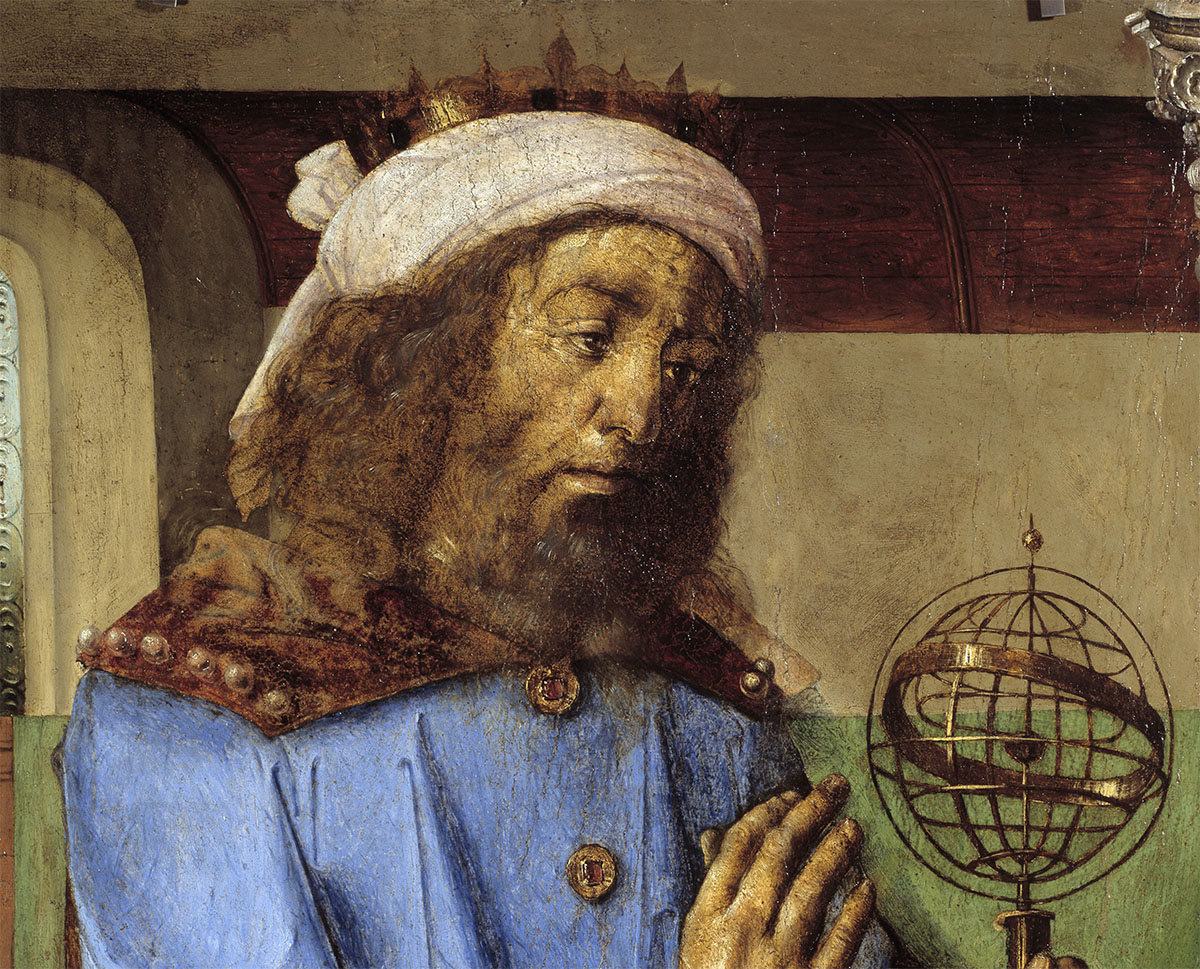The greatest scholar of the second century of humanity: Who is Ptolemy?
We have almost no information about his life. Muslim astronomers say that he lived to be 78 years old. Maybe he is an Egyptian of Greek origin, or maybe he is a Greek of Egyptian origin.

One of the famous scientists who lived in the Late Alexandrian Period (first half of the second century AD) was Ptolemy. We have almost no information about his life. Muslim astronomers say that he lived to be 78 years old. Maybe he is an Egyptian of Greek origin, or maybe he is a Greek of Egyptian origin.
His Greek name is Ptolemy, but due to a letter conflict, he was known as Ptolemy in the Medieval Islamic World. Ptolemy made contributions to the fields of astronomy, mathematics, geography, and optics; but he is best known for his work in astronomy. He synthesized the astronomy knowledge that had reached his time and collected it in his work titled Mathematike Syntaxis. The name of this work was later called Megale Syntaxis (Great Compilation), and when it was translated into Arabic, its name was changed to el-Mecistî, as the Arabic suffix "el" was added to it; Since it was later called Almagest when it was translated from Arabic to Latin, today this work is known as Almagest in the Western world.
Claudius Ptolemy (Ptolemaeus; c. 100 – c. 170 AD)[1] was an Alexandrian mathematician, astronomer, astrologer, geographer, and music theorist who wrote about a dozen scientific treatises, three of which were important to later Byzantine, Islamic, and Western European science. The first was his astronomical treatise now known as the Almagest, originally entitled Mathematical Treatise. The second is the Geography, which is a thorough discussion on maps and the geographic knowledge of the Greco-Roman world. The third is the astrological treatise in which he attempted to adapt horoscopic astrology to the Aristotelian natural philosophy of his day. This is sometimes known as the Apotelesmatika.
The Almagest consists of thirteen books; The First Book gives the outlines of the Geocentric System with its evidence; Book Two contains information on spherical trigonometry and a table of chords, with Menelaus' theorem; Sample problems are also solved here; The Third Book deals with the movement of the Sun and the annual period, and the Fourth Book deals with the movement of the Moon and the monthly period; The Fifth Book deals with the same subjects, discussing the distances of the Moon and the Sun, as well as providing detailed information on the construction and use of an astrolabe; In the Sixth Book, conjunctions and encounters of the planets are examined and solar and lunar eclipses are touched upon; The Seventh and Eighth Books deal with stationary stars, containing the famous discussion of precession, Ptolemy's catalog of stationary stars, and the method required to construct a celestial globe instrument; The remaining five books are devoted to the movements of moving stars, that is, planets, and are the most original part of the work.
Ptolemy also pioneered geography research and founded the field of mathematical geography with his work Geography. This book was used as a reference book by all geographers until Christopher Columbus. Geography, written after the Almagest, is divided into eight books and is devoted to mathematical geography and the information necessary for drawing maps; Like the Almagest, Geography is a compiled work; While preparing this book, Ptolemy benefited greatly from Eratosthenes, Hipparchus, Strabo and especially Marinos of Tyre.
At the same time, Ptolemy, one of the leading optics researchers of this period, adopted the view, like most previous opticians, that vision occurs through visual rays emanating from the eye. However, he also gave a physical interpretation of the visual emission and stated that this emission was not in the form of a discontinuous and intermittent cone, but in the form of a continuous and continuous pyramid. If this were not the case, that is, if the rays did not continuously exit the eye, objects would not be seen as a whole. Despite this, Ptolemy's visual pyramid idea did not catch on among opticians, and cones were mostly taken into consideration when it came to vision. As a matter of fact, after him, it is seen that scholars in the Islamic World relied on the idea of the visual cone and built the geometry of vision on it.
Ptolemy also systematized astrology by making use of the knowledge previously compiled by Babylonian and Greek astronomers and astrologers! In his work, which he named Tetrabiblos (Four Books) because it consists of four parts, he gave detailed information about the subjects within the boundaries of astrology, such as the qualities and effects of the planets, the characteristics of the zodiac signs, and the determination of auspicious and unlucky days.
Medieval and Modern astrology will be based on the knowledge presented in this book. Astrology is not a science, but it was born together with astronomy and until approximately the 18th century it influenced the development of this science, partly positively and partly negatively; For this reason, developments related to astrology should also be mentioned in research on the history of astronomy.
-------------------------------------------------------
The story of Ptolemy, the ancient astronomer who shaped our view of the cosmos for centuries
https://www.skyatnightmagazine.com/space-science/ptolemy
